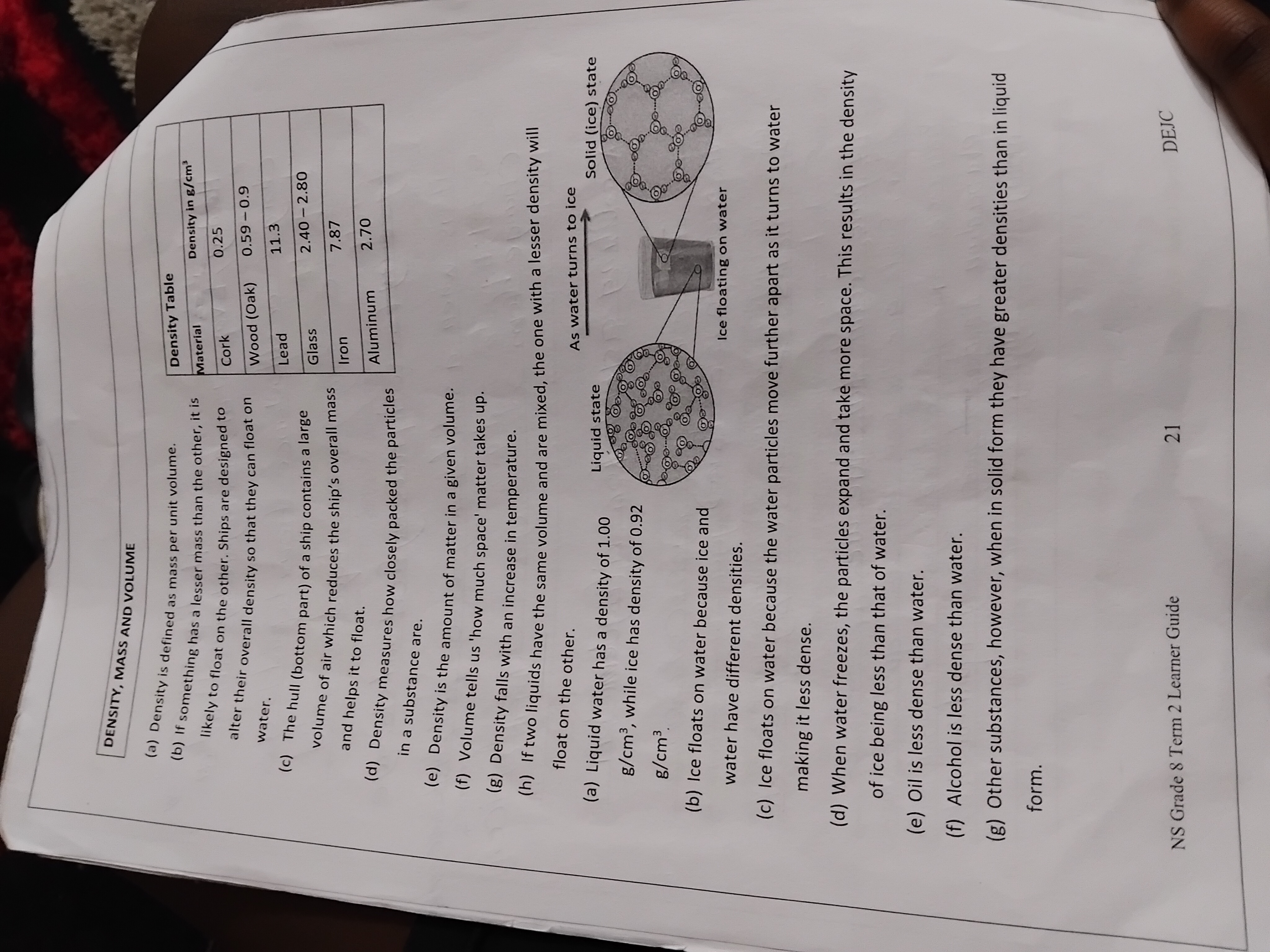Key Vocabulary: Matter and Chemical Reactions
1/33
Earn XP
Description and Tags
Flashcards covering key vocabulary from lecture notes on matter, atoms, elements, compounds, mixtures, states of matter, and chemical reactions.
Name | Mastery | Learn | Test | Matching | Spaced |
|---|
No study sessions yet.
34 Terms
Atom
The smallest particle that builds elements, derived from the Greek word 'atomos' meaning indivisible.
Element
A substance made up of atoms of the same kind.
Pure Substance
A substance made of only one type of atoms or molecules with the same chemical composition.
Element (Pure Substance)
A pure substance made of only one type of atom.
Compound (Pure Substance)
A pure substance with a uniform chemical composition where each molecule contains the same types and numbers of atoms in the same proportions.
Protons
Positively charged particles found in the nucleus of an atom.
Neutrons
Neutral particles (no charge) found in the nucleus of an atom.
Electrons
Particles found around the central part (nucleus) of the atom.
Nucleus
The central part of the atom containing protons and neutrons.
Element
A substance made of atoms of only one kind, examples include hydrogen, oxygen and carbon.
Diatomic Molecules
Elements that form molecules consisting of two atoms, such as hydrogen (H2), nitrogen (N2), and oxygen (O2)
Compound
A pure substance made of atoms of two or more different elements chemically bonded in fixed ratios.
Molecule
Two or more atoms of the same or different elements that are chemically bonded; the smallest unit in a compound.
Chemical Bond
The force that holds atoms together in a chemical reaction.
Mixture
A substance made of substances that can be physically separated.
Homogenous Mixture
A mixture that is uniform in composition throughout, where substances cannot be distinguished from each other.
Matter
Anything that has mass and can occupy space.
Particle Model of Matter
A theory used to explain the changes of state in matter, stating that all matter is made of very small particles that are always in motion.
Volume
The amount of space that matter takes up.
Mass
The amount of matter an object has.
Evaporation
Change of a substance from liquid to gas.
Freezing
Substance changing from liquid to solid.
Melting
When a substance changes from solid to liquid.
Sublimation
Change of matter from solid to gas.
Deposition
The change of gas to solid.
Expansion
When particles in a material gain energy and move further apart, causing the material to increase in size.
Contraction
When a material shrinks (gets smaller) when cooled down due to a loss in energy that makes the particles move closer.
Pressure
The amount of force applied over a given area.
Reactants
The substances reacting with each other to form new substances in a chemical reaction.
Products
The new substances formed as a result of a chemical reaction.
Chemical Equation
A symbolic representation of a chemical reaction.
Density
Mass per unit volume.
